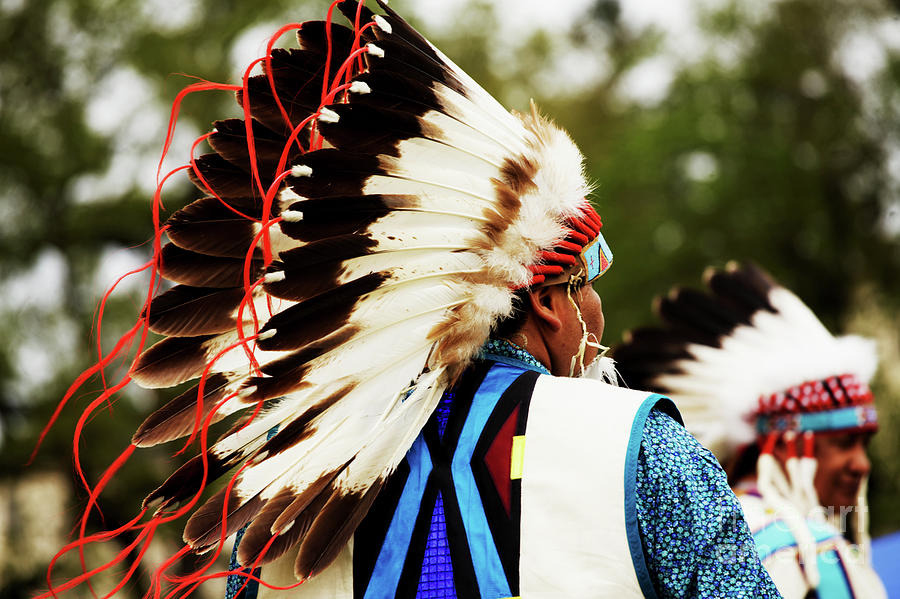The world of lenses can be astoundingly confusing when considering terms such as Prime, Telephoto or Zoom, Focal Length: short or long, Depth of Field, Wide Angle, Telephoto, Image Stabilization, Aperture, F-Number, Shutter Speed, and so on.
After considering writing an article explaining all of this I ran across one by Cambridge Color which is simply unbeatable. If you have the time to absorb this it will refresh your understanding or give you data you have long been wishing you had.
An example of the information within this article which is valuable is the following tutorial on how to estimate how exposure time is relative focal length.
"A common rule of thumb for estimating how fast the exposure needs to be for a given focal length is the one over focal length rule. This states that for a 35 mm camera, the exposure time needs to be at least as fast as one over the focal length in seconds. In other words, when using a 200 mm focal length on a 35 mm camera, the exposure time needs to be at least 1/200 seconds-- otherwise blurring may be hard to avoid. Keep in mind that this rule is just for rough guidance; some may be able to hand hold a shot for much longer or shorter times than this rule estimates. For users of digital cameras with cropped sensors, one needs to convert into a 35 mm equivalent focal length".
The site has an About page as a start
And if you have further questions Sean invites you to join their new Digital Forum here
Enjoy the read and the site. It is a wealth of information and resources.
Subscribe to:
Post Comments (Atom)
Celebrate Indigenous Peoples Day, Alongside Christopher Columbus Day
An honorable Day indeed to be able to conjoin both Indigenous Peoples or Native Americans, and Christopher Columbus Day alongside each othe...

-
October 1st 2025 marks the 60th anniversary for the National Endowment for the Arts In order for us all to enjoy and share this landma...
-
An honorable Day indeed to be able to conjoin both Indigenous Peoples or Native Americans, and Christopher Columbus Day alongside each othe...
-
Go Now to my My Website for 20% off Ending 8:45 today Saturday October 4/2025
-
If you haven't already purchased a Print for your Mother's walls, for Mother's Day, perhaps today you could make it happen. The ...
-
.......... I don't think I've ever spoken to anyone who doesn't enjoy taking pictures It's only natural. See something you l...
-
Inflation is not happening within the world of art, YET Here is my photographic prints website so you can see why I've written this ar...
-
If You Could Choose any Art to Hang, what would it be? Something Experimental Something Less Traveled? Something ...
-
. Visiting my Website Brings You Much to Consider for Your Walls Visitors from all over are landing there, why not you. Beverl...
-
Light from Beneath This image was taken mid-day. I had driven to up the Washougal river to Dougan Falls, as I have many times over the yea...
-
Locomotive Engine 4449 I had the intent to shoot a 70mph steam locomotive going through the area one morning. I arrived early and set up m...



No comments:
Post a Comment
Comments